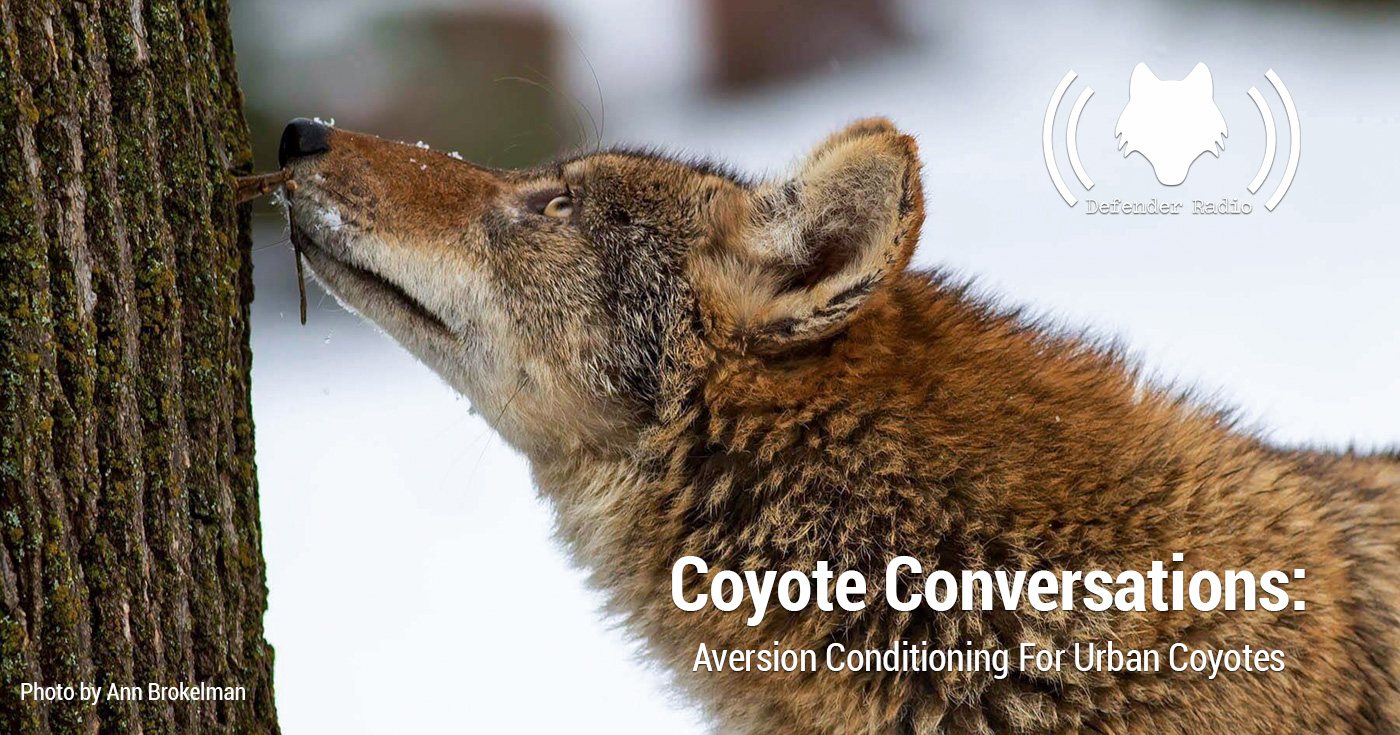
As we press through these colder months of the winter, I’m seeing more questions about coyotes pop up on social media and traditional media. Of course, this is often in response to bad memes or misinformation designed to frighten people, rather than educate them. Check out TheFurBearers.com for some the articles we’ve written to try and respond to these concerns.
But it’s also an opportunity to talk about aversion conditioning – commonly referred to as hazing – and the role it can play in mitigating and ending human conflict with coyotes. Lauren Van Patter, a Queen’s University PhD candidate and my good friend Lesley Sampson of Coyote Watch Canada worked together to pen a paper that outlines the scientific literature on aversion conditioning, as well as the experiences of the Coyote Watch Canada Canid Response Team. Titled, Advancing Best Practices for Aversion Conditioning to Mitigate Human-Coyote Conflicts in Urban Areas and published openly in the journal Human-Wildlife Interactions, the paper also prompted an outstanding essay on TheConversation.com.
Lauren and Lesley joined Defender Radio to talk about the importance of this paper, why we need to understand what is and isn’t proper aversion conditioning and how we can coexist with our essential wild neighbours.
To listen to this episode click the ‘play’ button below, download the MP3, visit us on Apple Podcasts, Spotify, YouTube, Google Play Music, Stitcher, iHeartRadio or at TuneIn. Get the RSS feed here. Make sure you follow @DefenderRadio on Twitter, Facebook, and Instagram, too!



